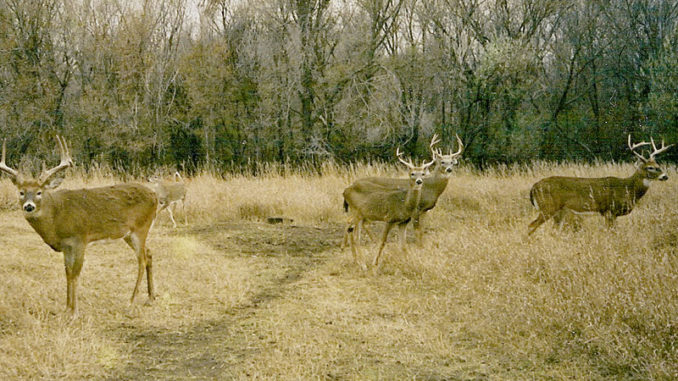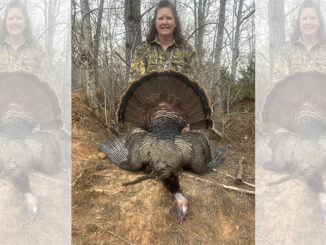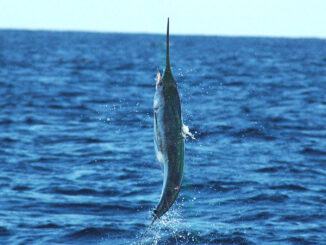
Post-season scouting leads to deer hunting success next season
Most Carolina hunters have dedicated months in a tree stand or ground blind to chase their favorite four-legged targets. From carefully studying trail camera footage to crucial time on stand, deer hunters have put a great deal of effort into their favorite sport.
Some hunters have shot the buck of their dreams. Others have a logbook full of follies or just absent opportunities. Regardless, when Jan. 2 rolls around, deer hunters are finally forced to take a rest from pursuing deer. But January is the perfect time to gather post-season intelligence and figure out what they have been missing.
Most deer hunters invest time, energy, and a sack full of money into their hunting aspirations. Any educated analyst would frown on the cost per ounce of venison acquired after the dollars and hours invested. But anybody that understands hunting realizes the cost per ounce of protein isn’t what hunting is all about. It is really about the art of the chase. Venison in the freezer and on the table is just an added benefit.

Get in the woods
Hunters spend countless hours thinking about hunting deer on their properties. But if a mature buck is on their radar, spending lots of time in the woods during the season is a definite no-no. Hunters must study their deer from afar with the least amount of human interference as possible during the season. Mature bucks don’t survive through the four-month deer seasons by acting stupid. And if they survive their brief periods of poor judgment during the rut, they will elude most hunters for another year.
The post-season can be the optimal time for hunters to strap up their boots and venture into the protected woodlots to gain intelligence and check off a few boxes on their list of unknowns.
Now is the perfect time to trample the woods to find those rub lines, scrape lines, and just basically uncover where the deer have been living for the past few months. Deer generally follow the same patterns on most properties. But they will make changes from year to year when food, pressure, or something changes.
Get a leg up on next season
Now is the perfect time to figure out what deer have been doing for the last four months to make changes for next year. The weather is cool, leaves are gone, and the travel patterns of deer are presently active.
Hunters should take the opportunity to make stand adjustments as needed. Or maybe even set up a new stand in an area with high activity for the following season.
Getting out on foot and inspecting the interior of the property is a crucial act this month. But camera surveillance is also a great post-season scouting tool. Deer experience some of the coldest temperatures of the year in January when many natural foods are scarce.
For deer lucky enough to have a landowner with a thriving food plot of winter wheat, triticale, oats, or brassicas, ample nutrition is available. But for most deer, its low-quality browse and maybe a few leftover red oak acorns. Supplemental feeding in January and February is a highly effective method to concentrate deer in certain areas. Deer will let their guards down and will feed as long as the food is available.
Trail cameras set up at these food plots can easily provide a post-season inventory of all the bucks utilizing the property. And many of these bucks that are present right now typically call this area home. So it is a good indicator of next season’s stock.
January is an ideal time to gain crucial intelligence of the deer’s movements, activity, and then the surviving bucks on the property. Supplemental feeding and putting boots on the ground will give dedicated hunters a better understanding of their deer herd on their hunting properties.





Be the first to comment